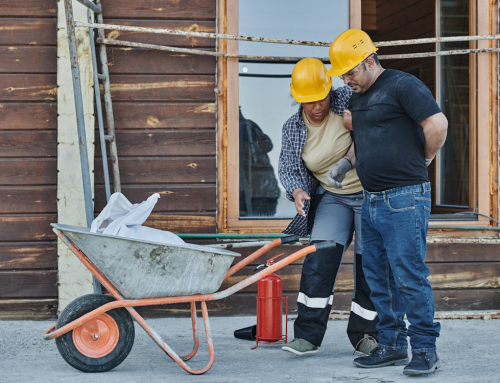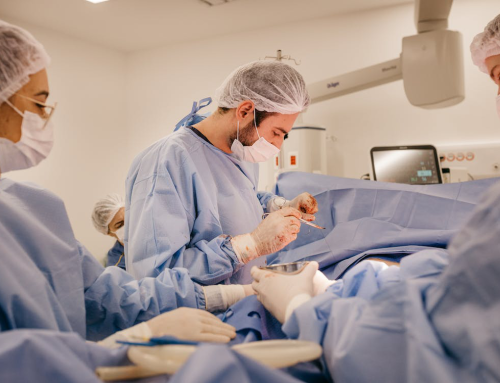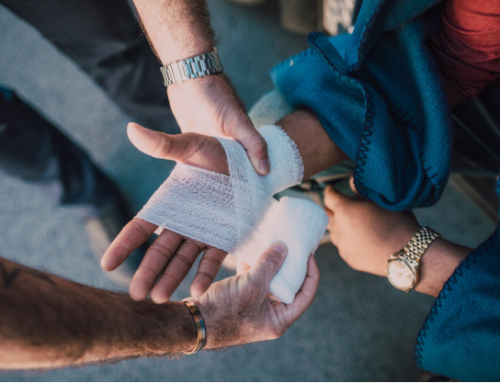Did you know that effective emergency first aid could increase survival rates by more than 50%? Yet, misinformation about Basic First Aid and CPR practices prevails, possibly endangering lives. In this post, we confront common myths head-on, such as the necessity of mouth-to-mouth resuscitation and misconceptions around the use of defibrillators. Knowing the facts about Emergency First Aid with CPR/AED Level C and how to address burns, choking, severe bleeding, or an ankle twisted in a fall can equip you with the crucial knowledge to save lives. We’ll guide you through the steps of Intermediate First Aid to rectify these misunderstandings, providing clear solutions to improve your confidence in emergency situations.
Key Takeaways
- Chest compressions are prioritized over rescue breaths in CPR
- AEDs are user-friendly and can be operated by anyone during an emergency
- Applying direct pressure is the best response to manage severe bleeding
- For choking incidents, abdominal thrusts are more effective than back slaps
- The RICE method is the proper initial treatment for sprains and strains






